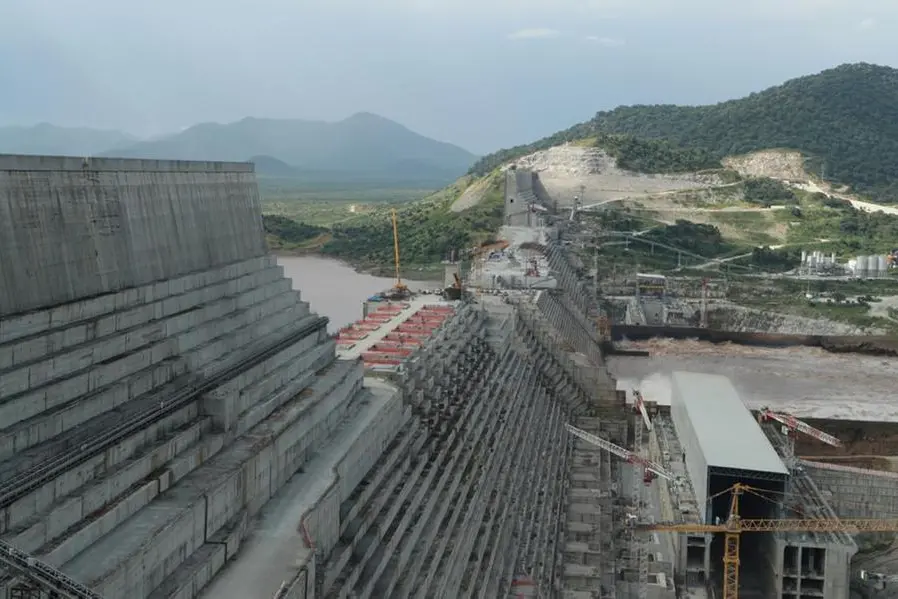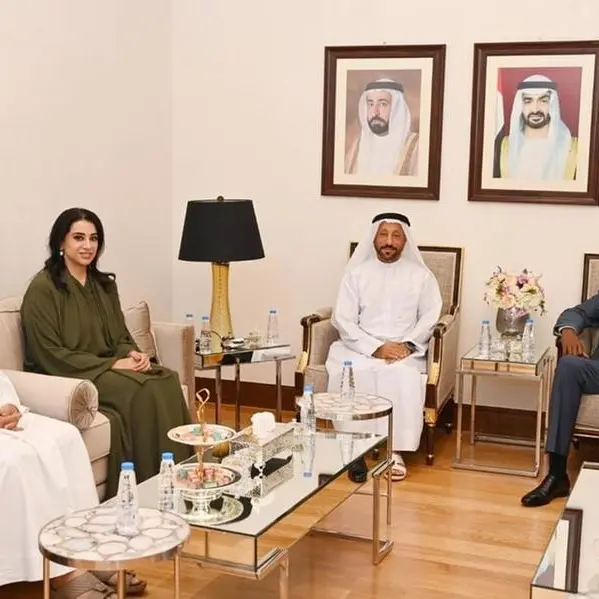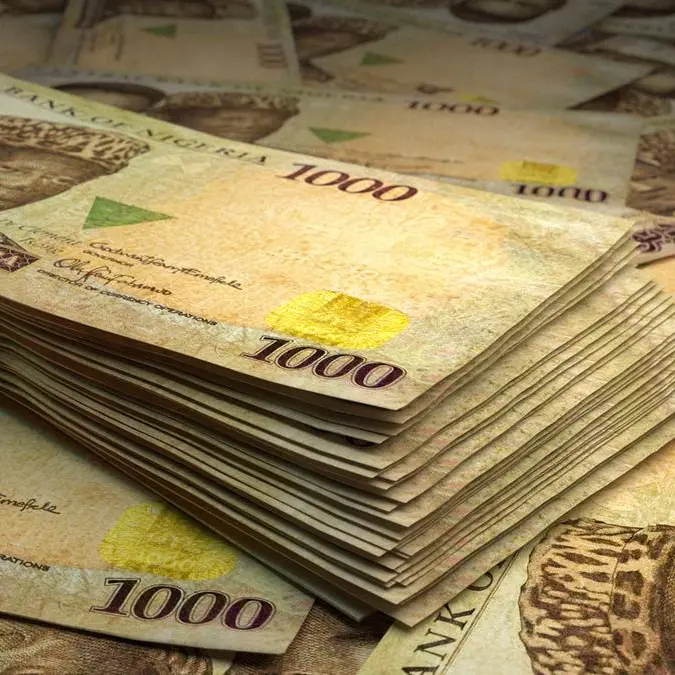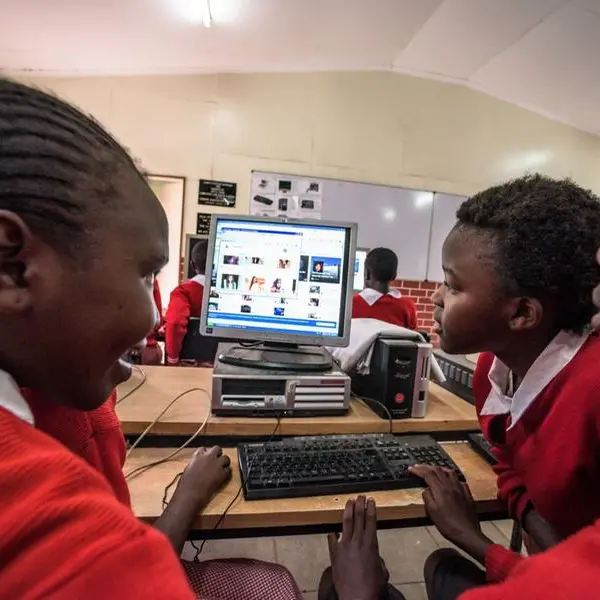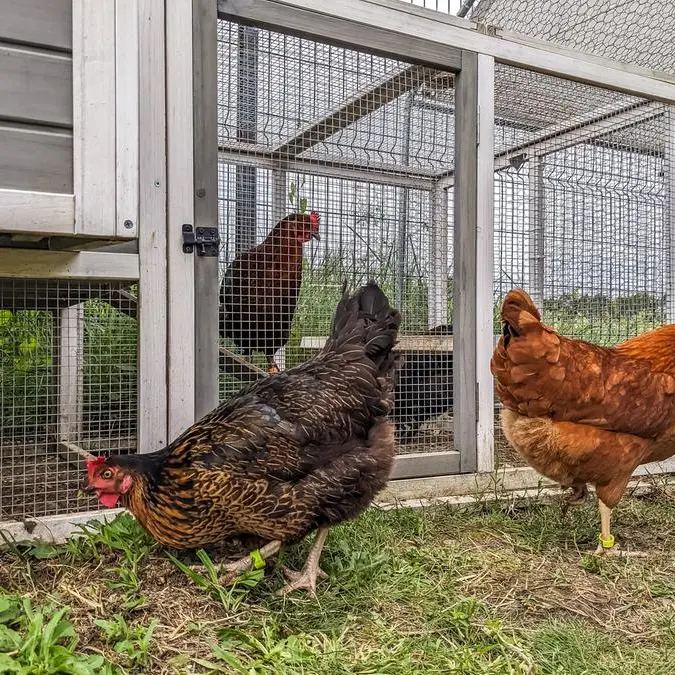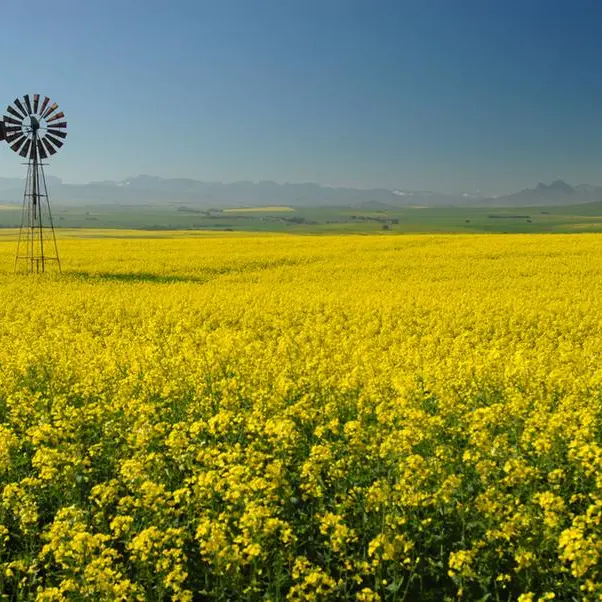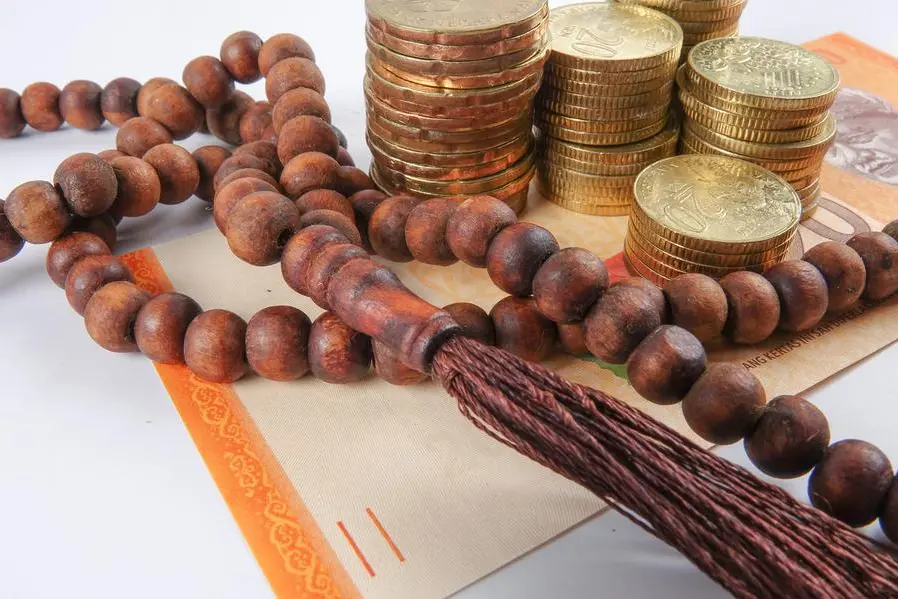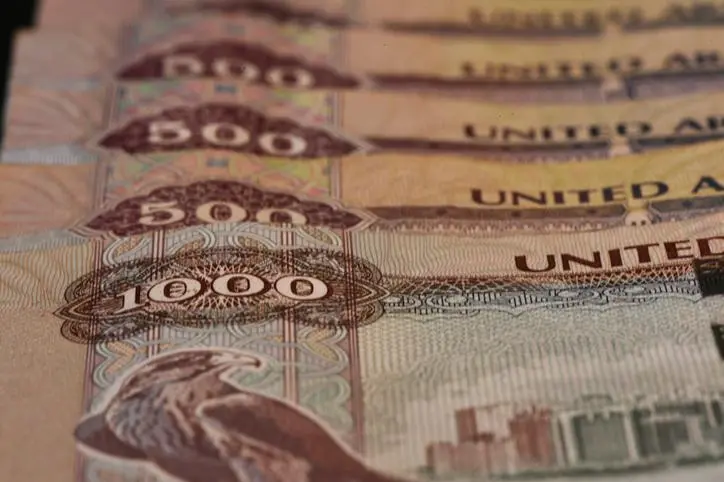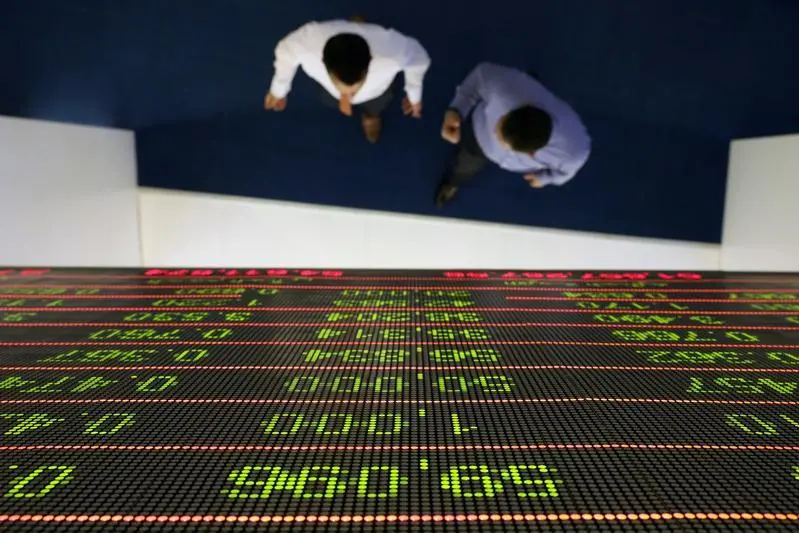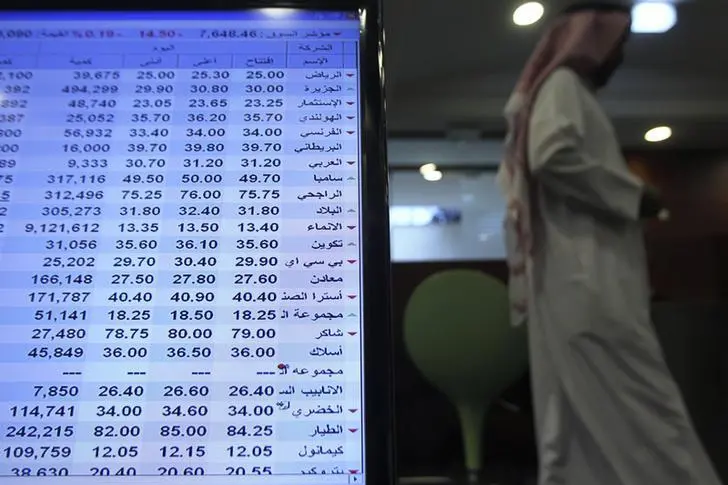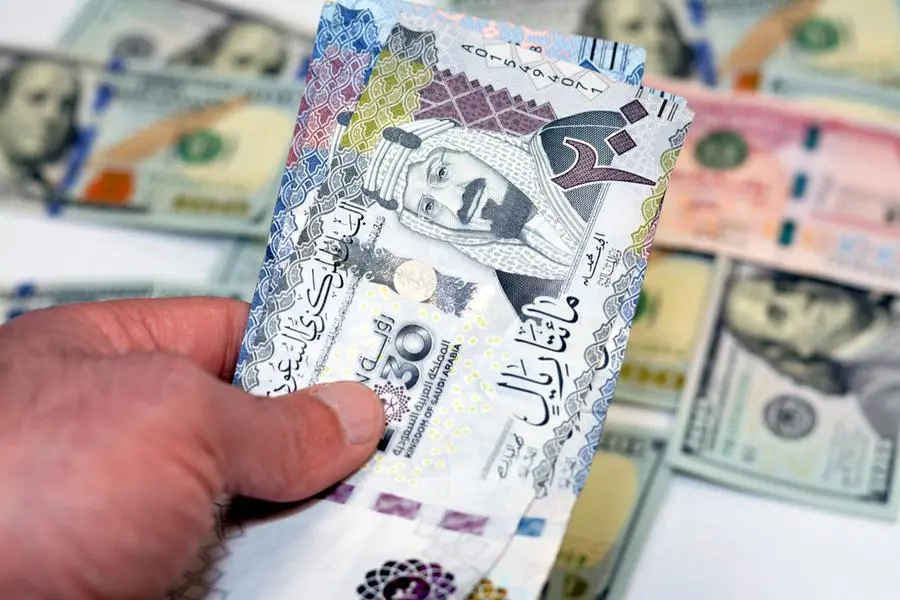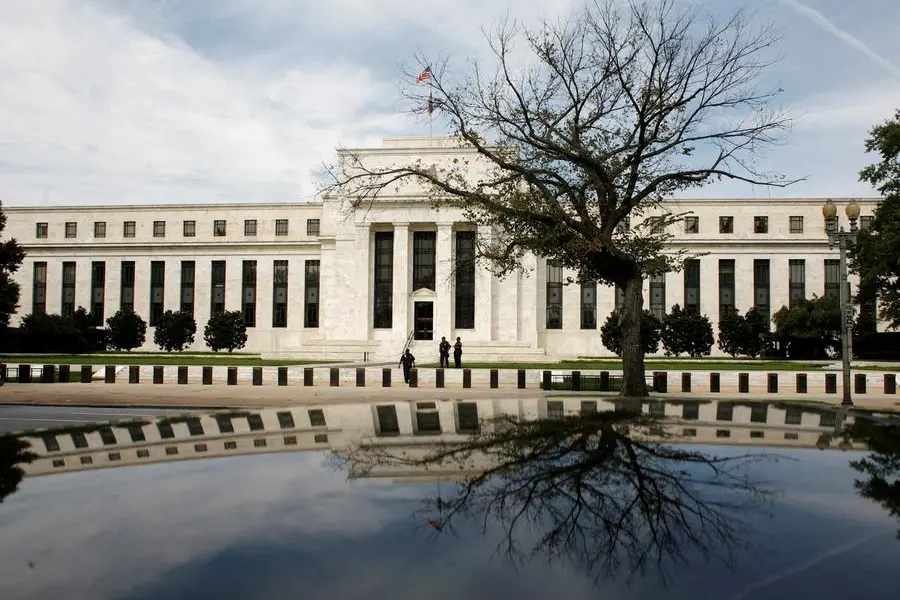PHOTO
The issue of the Grand Ethiopian Renaissance Dam (GERD) has entered a new phase, with both Egypt and Ethiopia announcing their desire to resume the stalled negotiations regarding the filling and operation of the Blue Nile dam, which is expected to hold 74 billion cubic metres of water (an amount roughly equivalent to the annual shares of Egypt and Sudan from the Nile).
Two weeks ago, Egypt’s President Abdel Fattah Al-Sisi and Ethiopia’s Prime Minister Abiy Ahmed met in Cairo to discuss the GERD issue and to end the stalemate in the talks between the two countries. The two leaders agreed to initiate urgent negotiations to finalise the agreement on the filling and operation of the Nile dam.
In a joint statement, the two leaders said they would make “all the necessary efforts” to reach an agreement within four months. Ethiopia also reiterated its commitment not to harm Egypt’s and Sudan’s shares of water during the filling of the dam.
Following the meeting, Ethiopia’s Prime Minister issued a statement affirming that the dam will benefit all involved parties, including the two downstream countries of Sudan and Egypt. He mentioned that the benefits of GERD include storing the Nile water adequately in order to face drought seasons.
“We have no intention to cause harm to our neighbours, and the Nile River strengthens relations between the countries of the region,” the Ethiopian Prime Minister affirmed. He added, “We share the Nile River with downstream countries in a spirit of trust and honesty.”
Amidst this political debate, researchers propose a consensual path to the crisis of the dam, which Ethiopia is about to finish constructing over the Blue Nile and which is expected to become the largest hydroelectric dam in Africa, through cooperation in renewable energy projects between the three parties involved in the issue: Egypt, Sudan, and Ethiopia.
According to the results of the study prepared by researchers at Belgian and German universities and published in 2022 in the journal “Nature Energy”, the deployment of solar energy and wind energy projects on a large scale to serve as a complement to the hydroelectric energy expected to be produced from the Grand Ethiopian Renaissance Dam can solve the crisis.
Solar and Wind Farms
According to the results of the study, Ethiopia and its neighbours should deploy solar and wind energy farms on a large scale, create a regionally integrated energy production network, and then agree that Ethiopia will operate the GERD in conjunction with the production of solar and wind energy. This means reducing water consumption on sunny days as well as on windy days so that more water is needed during cloudy periods, when the wind is not blowing, and during the night.
Ethiopia can generate energy from the dam in spans other than sunny times or times of wind activity, stop generation during the periods of generation through wind and solar energy projects, and then naturally continue the flow of water (through the dam) for both Egypt and Sudan, especially since solar radiation and wind activity in East Africa are seasonal, as the peak of solar radiation occurs during periods of drought in conjunction with strong wind activity.
Monsoon Rains
Sebastian Sterl, the energy expert at Vrije Universiteit Brussel and the principal investigator of the study, said that solar and wind energy in Ethiopia and its neighbours are seasonal and opposite to the flow of the Blue Nile. So, operating the GERD in conjunction with solar and wind energy will reorganise the pumping of water from the dam in a way that is somewhat similar to the natural flow of the river.
Thus, Ethiopia will enjoy all the advantages of the Grand Ethiopian Renaissance Dam, but from the point of view of Sudan and Egypt, operating the mega Nile dam will appear as if it is a relatively small reservoir and does not pose a water threat to the two countries.
Sterl explains that the study provides a new perspective to achieve a possible tripartite consensus regarding the operation of the project and to provide assurances and guarantees to Egypt that the dam will not harm its water security, especially in periods of drought.
Egypt insists on the need to reach a binding legal agreement on the process of filling the huge dam reservoir, which it fears will affect its water share. Egypt is one of the driest countries in the world and currently suffers from a 90% gap in its water resources. The country receives about 70% of the water flowing from the Blue Nile and Atbara rivers, both of which originate from the Ethiopian plateau and merge to become the main Nile River in northern Sudan.
Egypt’s share of Nile water is 55.5 billion cubic metres per year. The Nile River is considered the lifeblood of Egypt, as its waters supply the country with about 97% of its current water needs. Despite this, the annual water share per capita in Egypt is only 660 cubic metres, which is one of the lowest annual water shares per capita in the world (1000 cubic metres per year).
According to a study conducted by the Geological Society of America (GSA), the increasing human activity and the large population increase in Egypt, in addition to the construction of the GERD, would cause a drinking water crisis by 2025. The dam project extends over an area of 1,800 square kilometres, and the dam is 170 metres high, making it the largest hydroelectric dam in Africa.
“Our study provides a way out of this impasse, paving the way for consensus and increasing levels of mutual trust between the state parties. By agreeing to operate the Grand Ethiopian Renaissance Dam in conjunction with operating solar and wind energy projects, Egypt and Sudan will ensure that the dam does not harm their interests and brings only benefits even in periods of drought,” said Sterl, but the researcher stresses that this approach separates the issues of power generation and investment in water.
The researchers obtained their results by using a computer model to simulate the operation of hydroelectric dams along with other renewable energy sources. “We applied it to the GERD for 26 years, using available project data (such as turbine capacity, reservoir size, and reservoir shape) based on a modelled and documented time series of river flow, evaporation, and precipitation in the Blue Nile Basin region, including dry and wet periods,” the researcher explained.
The solar and wind potentials were evaluated based on the latest databases from the World Bank with hourly accuracy, and then the outputs of this model (solar/wind needed, dam flow) were used and post-processed for further analysis.
Unavoidable Cooperation
Egypt has huge capabilities in the production of solar energy. In 2018, Egypt began the trial operation of the Benban Solar Energy Complex, the largest in Egypt, and it is one of the largest projects in the world as well, with an operating capacity of 1465 megawatts as the complex includes 32 solar stations.
The huge project enhances Egypt’s capabilities in energy production, but these capabilities are threatened by the effects of climate change on solar energy generation because of the high temperatures, according to a study published last September in the journal Nature Communications.
In the previous study, researchers warned that rising surface temperatures and increasing the amount of moisture, aerosols, and suspended particles could lead to an overall decrease in average solar radiation and an increase in the number of days with less sunshine and more clouds.
According to Sterl’s paper, the proposed solar and wind energy projects could be rolled out gradually during the expected time of filling the Grand Ethiopian Renaissance Dam (4–7 years), which would be an excellent time to start building large-scale solar and wind energy parks and strengthening power grids.
The solar luminosity and wind activity in the three countries vary enough for large-scale commercial exploitation; however, the total potential for solar and wind power is much higher in Sudan and Egypt than in Ethiopia, said Sterl. He explained that the proposal would be more cost-effective if solar and wind projects were built in the three countries, not only in Ethiopia but perhaps also in other East African countries such as Djibouti.
At the time construction of the Ethiopian dam began in 2011, the costs of solar and wind energy were still relatively high, and their financial benefits were not clear. Now, scientists are in a better position to argue that diversification into solar and wind energy will have financial benefits for the countries involved, especially Ethiopia and Sudan.
Panagiotis Kosmopoulos, a renewable energy expert at the National Observatory in Athens, Greece, agreed with the study’s methodology and results, which he describes as technically correct and reasonable (even if based on simulation). He believes that the results of the study are important because the authors suggest an environmentally friendly solution to deal with the issue of GERD and the uninterrupted flow of the Blue Nile.
However, Kosmopoulos believes that even if the benefits of the proposed hybrid solution (hydraulic energy, solar energy, and wind energy) seem attractive, they may not be compatible with the capabilities of a developing country with limited funding sources.
He explained that the GERD is capable of providing sustainable development in Ethiopia, but the management of the dam cannot be reduced to mere power generation, as this would reshape the geostrategic balance in the region. This fact makes the agreement to manage and operate the dam “difficult and fragile,” according to his description.
Kosmopoulos, who contributed to the preparation of Egypt’s solar atlas, believes that solar activity and wind energy in Egypt are much higher than in Sudan and Ethiopia and that the final agreement between Ethiopia, Sudan, and Egypt must guarantee energy security for these three countries and share the benefits and obligations of the GERD; “otherwise, peace in the region will be at stake.”
Win-Win Scenario
The study confirms that the amount of water that Egypt receives on average will not be negatively affected by the GERD if the proposal is implemented but rather may increase in the dry season. It was also found that if the dam is operated in conjunction with subsidising solar and wind energy throughout the year, this automatically means the need to produce less water energy during the dry season and more during the rainy season without negatively affecting the average annual flow of river water. The water flow rate in different seasons will somewhat resemble the natural river flow, with a clear peak in the rainy season.
Peter Riyad, a professor at the Irrigation and Hydraulics Department at the Faculty of Engineering at Ain Shams University, praised the results of the study, which he considers compatible with the Egyptian vision of the issue of the Ethiopian dam. Egypt has repeated its offers to Ethiopia to help operate the dam and supply Ethiopia with the energy it needs for development.
Riyad said: “The idea of the study is feasible from an engineering point of view, as the capacity of the reservoir can be reduced and the difference can be compensated through renewable energy projects that are abundant in Ethiopia.”
The lead author explained that the proposed approach has multiple co-benefits, such that Ethiopia will benefit from the sustainable generation of electricity throughout the year from a mixture of different forms of energy, which will be cheaper than hydropower in the long run and will also position itself as the largest energy exporter in East Africa.
Ethiopia would enjoy all the benefits expected from a large dam, and for Sudan and Egypt, it would look as if the Ethiopians had built a relatively modest and small reservoir. Many such reservoirs already exist on the Nile, so no country downstream could object to that, in his view.
Ethiopia will also benefit better from the infrastructure of the GERD, compared to the situation in which there is no solar or wind energy, in the sense of longer sustainability for the life of the dam. Sudan will also be able to replace solar energy and wind energy with fossil fuels that pollute the environment with the support of the Grand Ethiopian Renaissance Dam, in addition to mitigating the effects of floods that Sudan fears that the dam will cause.
As for Egypt, the most concerned party about its water security, it will be reassured, according to the opinion of the researchers of the study, that the Aswan High Dam will not be affected by the continued flow of water at its safe rates, and it may receive more water during the years of drought than before if Ethiopia adopts energy sources other than hydroelectric sources.
Regarding the volume of investments needed to finance solar and wind energy complexes, the study does not provide a detailed economic assessment of the volume of investments, but Sterl makes it clear that they will not be compared to the volume of investment in the GERD or other energy projects.
The authors of the study hope that the three countries will accept their proposal, which they say they have communicated with the negotiating parties through various diplomatic channels to put into discussion.
© 2022 Daily News Egypt. Provided by SyndiGate Media Inc. (Syndigate.info).
Mohammed El-Said
